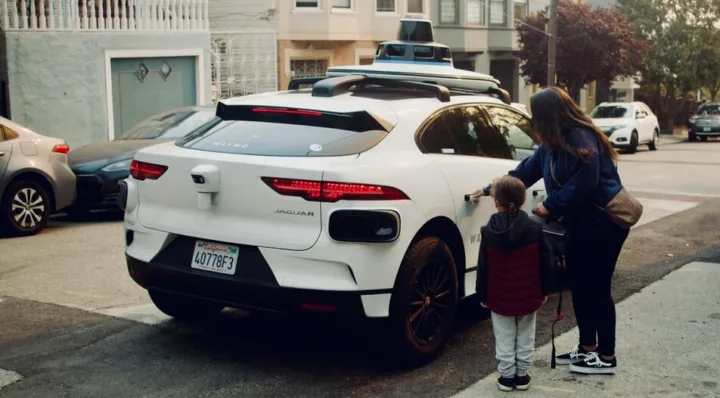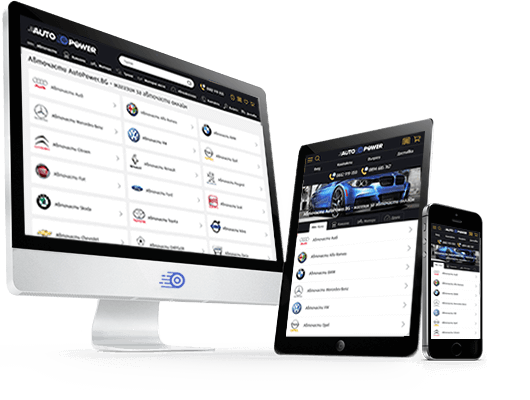A carriage without a driver: the onslaught of robot taxis
In California and China, robot taxis are increasingly becoming a part of everyday life piese auto online.

If you order a taxi in San Francisco, you may be greeted by a self-driving car from Waymo. While at the start of the service, customers needed an access code or had to sign up for a waiting list, today robotaxi are officially allowed in California, and the Google subsidiary is still on the crest of the wave.
But for many, self-driving taxis remain fraught with fear. Last spring, one of Waymo’s cars got stuck on the road due to fog, and another robotaxi swerved into oncoming traffic after its own lane was blocked. Still, tens of thousands of passengers trust the company. Waymo provides about 100,000 autonomous taxi rides a week in San Francisco, Los Angeles and Phoenix, with the service’s next destination set to be Austin, Texas.
In October, California banned autonomous taxis from Cruise, a subsidiary of General Motors, just months after allowing the robotic service to operate 24/7 throughout the Sunshine State. The reason was a collision between a taxi from Cruise's fleet and a pedestrian. As a result of the incident, about a thousand cars were recalled for software updates, but GM ultimately decided to abandon the project.
Meanwhile, in China, the phase of doubt has apparently been overcome. The government there is promoting self-driving car services. Technically, the risks there too cannot yet be completely avoided, which is why funny videos of unusual situations caused by robotic cars often appear on social networks.
An interesting detail in the Celestial Kingdom is the fact that the prices of robot taxis are lower than those of conventional ones, which represents serious competition that threatens the business of ordinary taxi drivers. The largest number of autonomous taxis in the world is currently operating in the city of Wuhan. Several thousand are already operating in the 11-million-person metropolis. The cars are owned by Apollo Go, a subsidiary of the technology giant Baidu, the Chinese equivalent of Google. Customers say that the order is started from a mobile application on the smartphone, in order to open the back door of the car, a corresponding code is scanned, and already in the passenger compartment, a pin code must be entered into a monitor, after which the electric vehicle drives off to the desired address. Currently, about three dozen Chinese cities have the necessary licenses for testing autonomous taxis - mainly in large centers, and in the capital Beijing, a person is still behind the wheel, who can grab the steering wheel in the event of a potentially critical situation. Often congested traffic remains a challenge for the technology, which is why the movement of robotic taxis is not yet permitted on some streets and centers.
But let's go back to the US once again. The Boston-based company Motional has no doubts about the safety of autonomous driving. Especially for it, Hyundai is producing a robotic version of a taxi in Singapore based on its Ioniq 5 model. The cars are being tested on a unique track built at an altitude of 744 m on the roofs of the development center, and the first Ioniq 5 taxis are already on duty on the coastal boulevards of Los Angeles. May it be profitable and accident-free!
The publication is part of the section "For more safety and respect on Bulgarian roads with Continental"
- 2025-05-29 - Porsche 914: a different perspective
- 2025-05-28 - New Electric Motorcycles 2025: Ultraviolette F77 Mach 2
- 2025-05-26 - Xiaomi SU7 will have an SUV sibling: YU7
- 2025-05-24 - What are the three most important electric vehicles of 2025?
- 2025-05-23 - A cyclist crashed into a rare old-timer
- 2025-05-22 - In the new Scenic, a camera recognizes the driver and adjusts the seat specifically for him
- 2025-05-21 - Flashback: Suzuki reveals the new Grand Vitara
- 2025-05-20 - MINI JCW Cabrio: top dynamics under the open sky for 86 thousand leva
- 2025-05-19 - Audi RS 4 at the price of a garage in Sofia
- 2025-05-18 - Renault Symbioz now available as a mild hybrid












